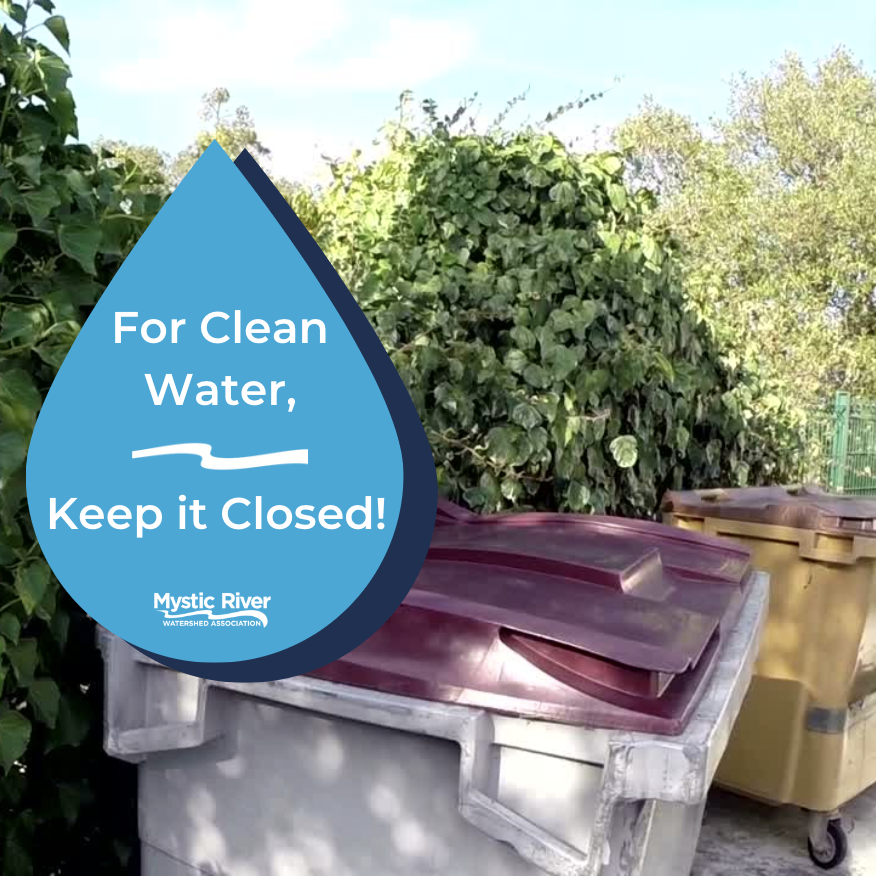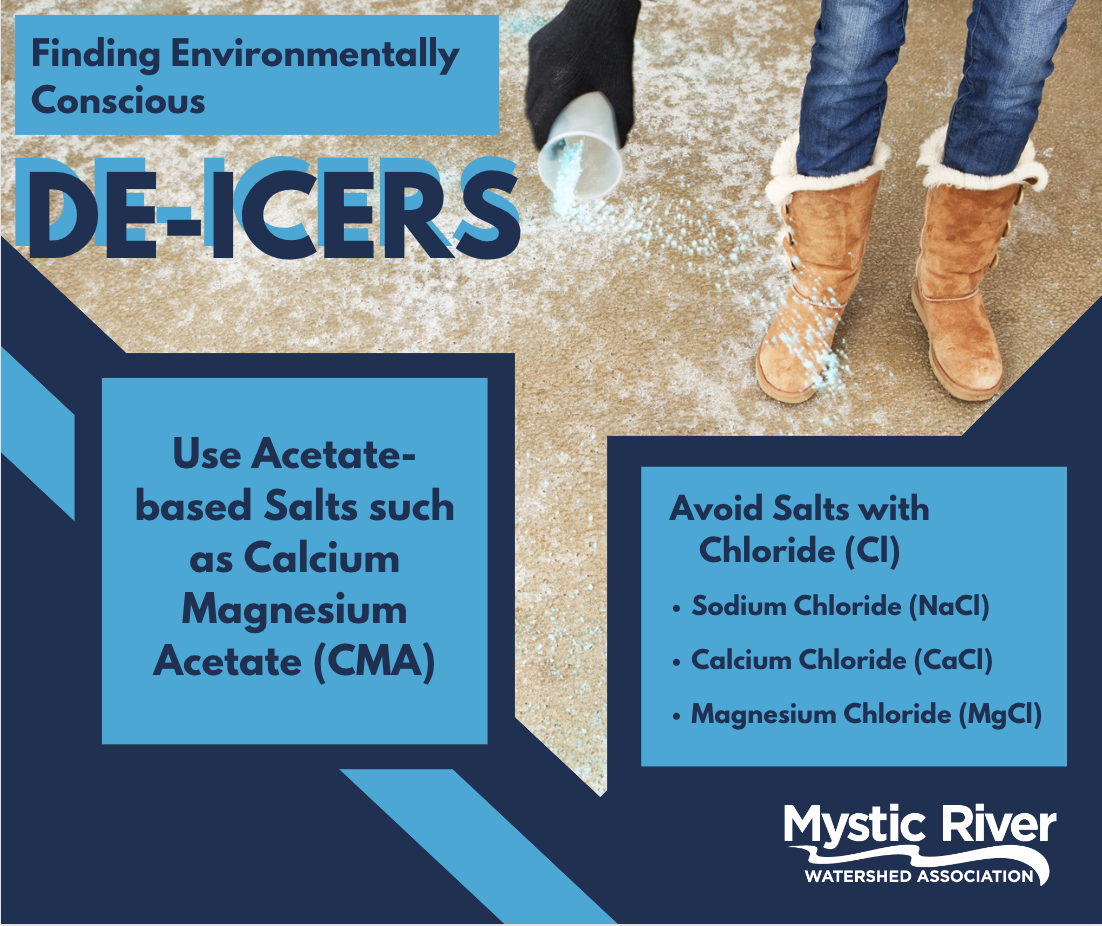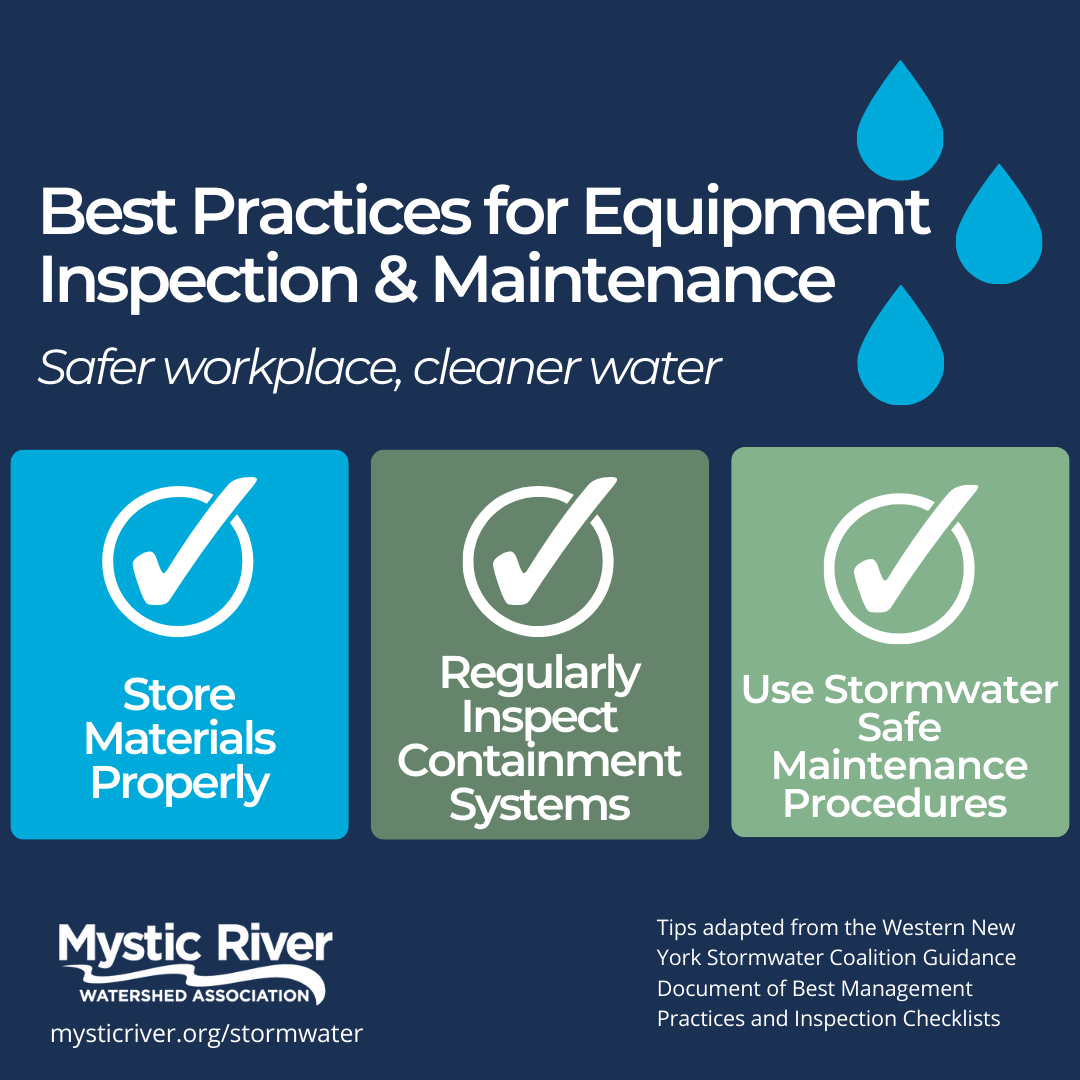What is stormater pollution?
Stormwater pollution occurs when rain or snowmelt washes pollutants such as oil, fertilizers, pet waste and trash over land and into the nearest catch basin, which flows directly to the nearest water body. The US Environmental Protection Agency estimates that contaminants in stormwater runoff causes over half of the pollution in our waterways.
The Problem
Our cities are among the oldest in the United States and have aging stormwater infrastructure. During heavy rainfall, these systems can become overwhelmed, occasionally resulting in the mixing of sewage with our rivers.
As our cities developed, we replaced natural land with surfaces like streets and sidewalks, preventing rain absorption. Consequently, rainwater, along with debris and pollutants like leaves and fertilizers, flows into our drains.
As an urban watershed, managing trash is a daily challenge. The litter visible in our rivers is not directly thrown by individuals but is gathered from streets, sidewalks, and parking lots during rain events.
You can make a difference!
CHEck out these clean water tips to Protect waterWAYS, wildlife, pollinators, and YOU
Click on the topics below for more in depth information
-
The Mystic River Watershed Association (MyRWA) in partnership with 10 local municipalities and with funding from the Massachusetts Department of Environmental Protection MS4 Municipal Assistance Program is launching an Adopt-a-Drain program. Through this program, volunteers sign up to adopt a drain (or drains!) and then check on that drain and remove any excess trash/build up before and after heavy rain, wind, or snow.
Learn more and find available drains here.
-
Do what you can to avoid the need for pesticides! The happier your plants are, the less susceptible they are to pests or diseases.
When purchasing plants, opt for native plants or disease or pest-resistant varieties. When you bring them home, be sure to plant them in areas that give them the sun and water requirements they prefer. Happier plants are more pest and disease resistant!
Water early in the morning and avoid spraying the leaves. Water in the morning and at the base of the plant to avoid mildew, fungus, black spot, and other water-borne diseases.
Don’t overwater! Excess irrigation can wash pollutants down a storm drain. Consider mulch on slopes or even rock barriers or trenches to prevent irrigation flowing into the nearest storm drain, carrying pollutants with it.
Use mulch! Mulch keeps weeds down, conserves water, and keeps irrigation from flowing out of your yard and into the nearest storm drain. An economical and efficient way to care for your plants!
Plant at appropriate times. Planting in the spring or fall is preferable to planting in the summer when plants will need to immediately tolerate extreme heat. Unhappy plants are more susceptible to pests and other diseases.
Differentiate the “good” bugs from the “bad” bugs. Look into integrated pest control or biological controls, which allow you to purchase the “good” bugs to eat your “bad” bugs. An example would be purchasing beetles to eat your aphids. Also recognize situations where you can manually remove the pests, and do so when pesticides are unnecessary.
Reconsider what is “bad” about weeds. Is crabgrass in your lawn really worth a pesticide application?
Consider replacing your lawn! Consider replacing your lawn with groundcovers, perennials, and shrubs. Once established, gardens require less fertilizer and pesticides than lawn.
Plant ‘pair plants’ together. Certain species naturally thrive when planted alongside other certain species. This can help the plants be more pest and disease resistant because they work together to keep each other healthy. For example, plant nasturtiums near your cucumber, as they repel cucumber beetles while also serving as a habitat for predatory insects like spiders and ground beetles. Do some research on pair plants and grow those friends together in your garden.
-
When you mow your lawn, leave the clippings to decompose and feed your lawn, or compost them and make a natural fertilizer for your garden! You can also bag the clippings for yard waste curbside pickup. But whatever you do, don’t leave them on the sidewalk or near a storm drain.
Why? When it rains, grass clippings, fertilizer, pesticides, herbicides, and other pollutants are carried over our sidewalks, driveways, and roads into the nearest storm drain where they flow - untreated - directly into our nearest water body. Once there, grass clippings will decompose and release Phosphorus into the water, causing fish kills and algae blooms that are toxic to humans and wildlife alike.
Looking for some tips this spring for caring for your lawn and garden?
When you mow leave the grass clippings where they fall. They will add nitrogen and other nutrients to your soil, reducing the need for fertilizer and keeping your lawn healthy!
Add grass clippings to your compost. Once they decompose they can be used as a natural fertilizer in your garden.
When mowing your yard, be sure not to blow grass clippings into the street. If there are grass clippings on the street or sidewalk, use a broom or leaf blower to blow them back into the lawn. Do not use a hose to wash them into the street or storm drains.
Mow often and mow high! Tall grass shades the soil, thereby conserving water and shading out weeds.
Keep your blades sharp.
Water in the early morning so the grass can retain the moisture better. Lawns generally require one inch of water per week, so use a rain gauge to determine how much (if any) extra water your lawn needs between rainfalls. Also, avoid sprinkling hard surfaces.
Consider replacing lawn with native plants, which provide food for wildlife, better infiltrate water, and stop stormwater pollution. Furthermore, they are much more low-maintenance than lawns!
-
When the snow melts, do you ever wonder where all that salt and de-icer goes? You guessed it! It flows over our driveways, sidewalks, and roads, into the nearest catch basin, and directly (untreated!) into our waterways.
What’s wrong with salt and de-icer in our water?
SALT in our fresh water is not good for plants, wildlife, or people. Birds can mistake salt crystals for food, eating them and getting sick. Salt can be toxic to fish and others in aquatic systems. Salt is not good for our plants, and in many wetlands salt-tolerant invasives are crowding out our native vegetation, which then affects the wildlife that lose their food sources. And of course salt in our water supplies is not good for us -- we all know that salt is linked to high blood pressure and heart disease. Salt includes sodium chloride, as well as calcium and magnesium chloride.
Some use SAND, and while it doesn’t carry chemicals into our waterways, it does clog catch basins and cause flooding. It can also carry other pollutants into our waterways. If used, excess sand should be swept up.
DE-ICER is a preferable alternative to both salt and sand, but it is still not perfect, and should be used smartly and sparingly. De-icers include Sodium or Potassium Acetate and Calcium Magnesium Acetate.
What can YOU do to keep your pavement safe while also keeping your water clean?
Use acetate-based de-icer (sodium acetate, potassium acetate, and calcium magnesium acetate) instead of chloride-based (sodium chloride, calcium chloride, and magnesium chloride).
Shovel early and often. Remove as much snow and ice as you can, and only use de-icer on what you can’t take care of with a shovel.
Follow product instructions and only use as much de-icer as you need. More is not better.
For heavy snowfalls, shovel early and often to avoid the snow compacting and forming ice.
For wet snow or sleet and freezing rain, apply de-icer product early on to prevent snow from bonding or ice from building up
Want to learn more? Check out this literature review on road salt prepared by Tufts student, Ryan Kane and this blog post by RAY Conservation Fellow Jennifer Delgado on our chloride monitoring project. Our main takeaways? At large scales, using brine instead of solid salts is better for reducing chloride pollution. At smaller scales and if it is within your means, consider purchasing acetate-based salts instead of chloride-based salts.
Our communities can make a difference
Green infrastructure and improved policies can help stop pollutants from going into the Mystic
Curious about what a stormwater wetland and open space might look like? This is a photo of the Alewife Reservation Stormwater Wetland. Credit @ Kleinfelder.com
Cities and towns work to limit the amount of pollutants that make their way into water bodies. Some common practices include:
Green Infrastructure—such as rain gardens, constructed wetlands or infiltration trenches can help filter out pollutants before they go into the Mystic. Interested in learning more about on-the-ground green infrastructure projects in the watershed? Read here about 2 rain gardens and 20 infiltration trenches recently constructed in East Arlington with funds from the MA Department of Coastal Zone Management. Find out about constructed wetlands happening in Everett, Reading, Stoneham, and Woburn.
Street sweeping — picking up pollutants before they go down the catch basin and into our waterways.
Labeling catch basins, reminding residents that whatever goes down our catch basins flows directly into our water.
Separating sewer and stormwater lines. Ever notice a construction project that digs up the street and seems to go on forever? It’s possible that your city or town is making improvements to either separate sewer lines and stormwater pipes, or updating old infrastructure so that sewage cannot seep into stormwater pipes.
Municipalities also spend a significant amount of money in so-called Illicit Discharge Detection and Eliminiation (IDDE), to find and eliminate sources of wastewater intrusions into the stormwater system.
stormwater Collaborative
The Mystic River Watershed Association (MyRWA) has convened the Mystic River Stormwater Collaborative, a group of 15 towns and cities in the watershed dedicated to the common goal of reducing stormwater pollution, the primary source of water pollution today.
As is required by the Environmental Protection Agency, municipalities are working to reduce the amount of pollutants that enter our water. One way they do this is through educating residents, businesses, developers and industry leaders in their communities on how we all can reduce stormwater pollution. MyRWA supports these efforts by creating monthly educational materials for the municipalities to disseminate.
The materials we create — social media posts, videos, brochures, flyers, press releases and educational curriculum — aim to raise public awareness about stormwater pollution and inspire stewardship.

















